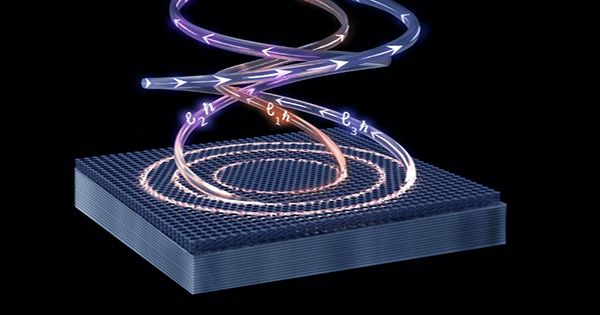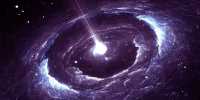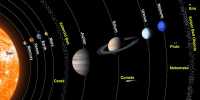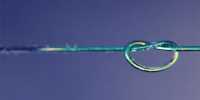Researchers have achieved something they have dreamed of for a century: creating this first image of the spatial distribution of electrons inside the exciton and creating this feat has been published in the journal Science Advances. Exciton is a half-particle – it acts like a particle, but it is not actually a particle. These are basic in semiconductor technology like LEDs and smartphones.
These form easily – a strong photon from its atom inside an electron semiconductor, thanks to a particle of light. The electronics are negatively charged, and the positive charge is by moving the leaf behind the hole. The electron does not always fall into the hole, sometimes it starts to orbit, creating tension. In quantum mechanics, it is impossible to know the position and motion of a particle with arbitrary accuracy.
The best thing that can do is to look for the probability distribution, and we can see this in the image: where any electron seems to found in the exit. Dr. Michael Man, co-first author and staff scientist in the OIST Femtosecond Spectroscopy Unit, said in a statement, “Excitons are truly unique and attractive particles; they are electrically neutral which means they behave very differently from other particles in an electron-like substance.”
“This work brings us closer to fully understanding the nature of excitement.” Despite their importance in semiconductors, it is extremely fragile when studying these studies. They are very easy to separate and in certain elements, they last only for a second subtraction. The strategy that allowed the team to study these exciting topics in more detail announced just a few months ago and is a great follow-up result.
“Scientists discovered the first stimulus about 90 years ago,” said Keshav Dani, a senior author at OIST and head of the Femtosecond spectroscopy unit. “Until very recently, however, one can only access the optical signatures of the excitons – for example, the light emitted by the exciton when emitted. Others can only be described theoretically.” Not only does the work give Exciton a better understanding, but it may also be able to control these quasi-particles in the future and improve the use of technology.















